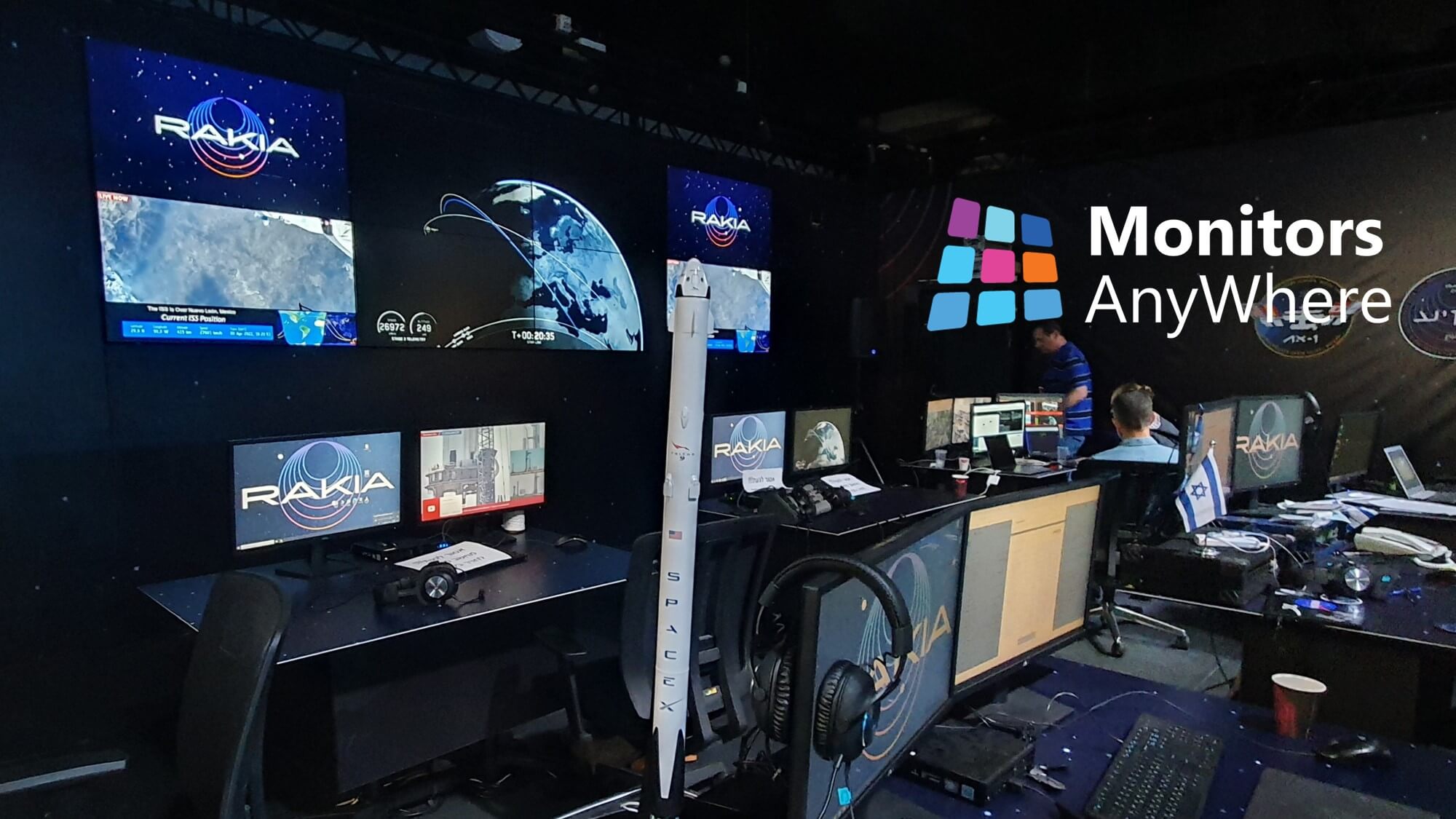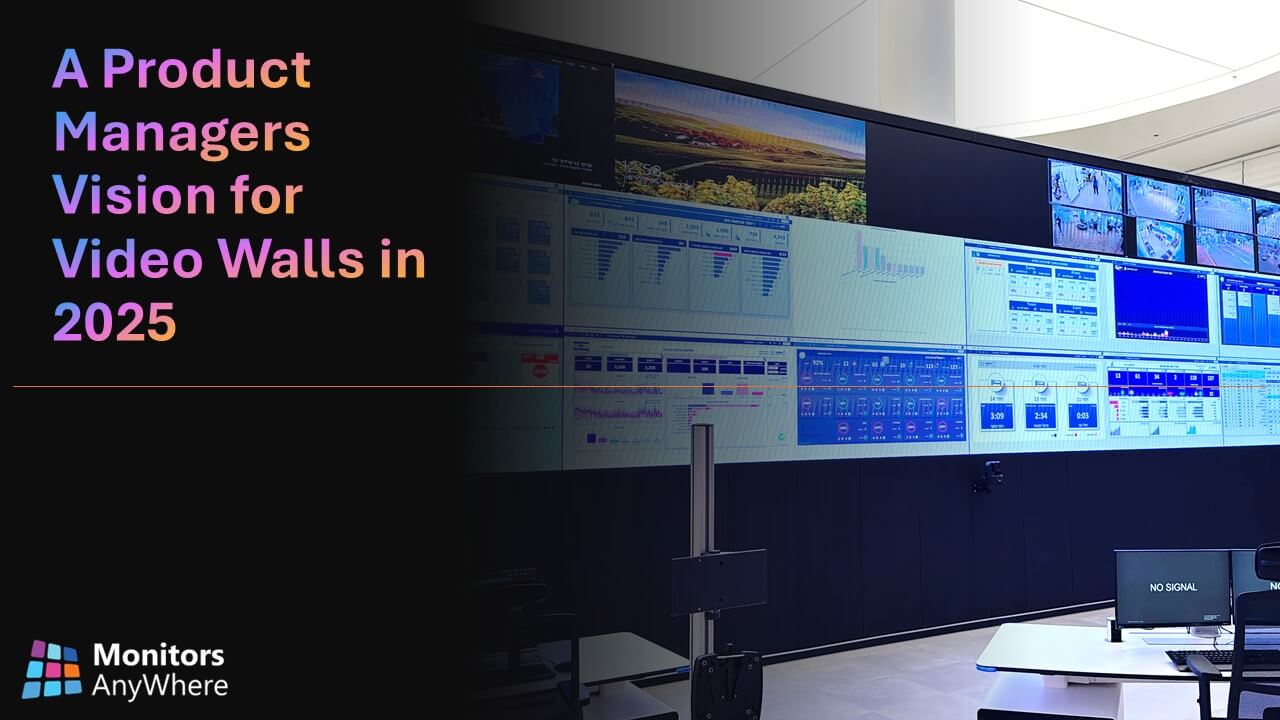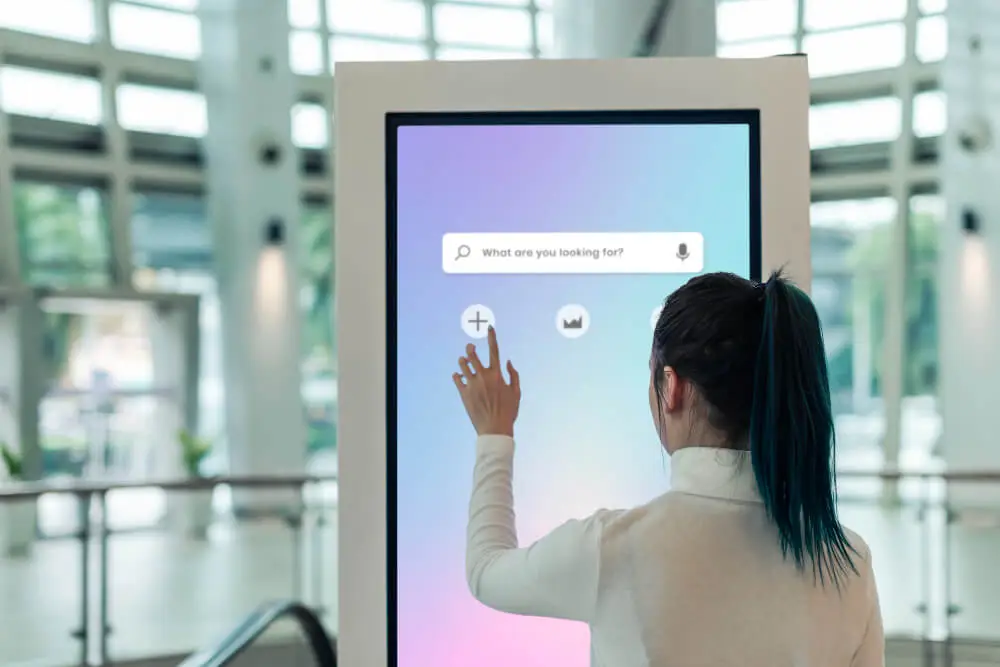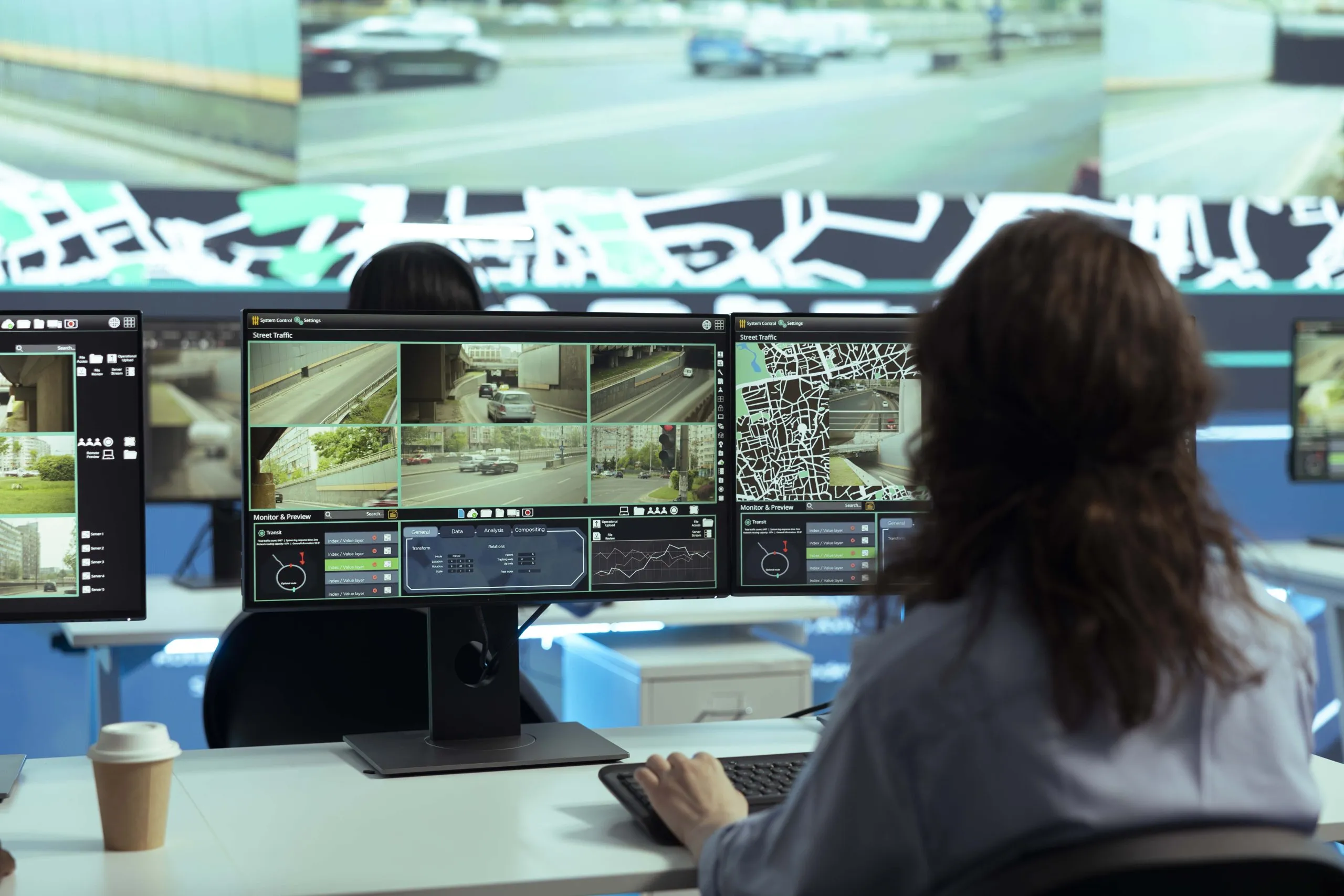The Background Story
Discussions and plans involving private space flights and the transportation of scientific and researchers to outer space are already underway. For plans to progress beyond discussion and planning, skilled astronauts need to test the viability of alternative food sources, air purification methods, and living conditions, as part of ongoing experiments.
The Ramon Foundation, considered one of Israel’s leading NGOs, is heading the historic Rakia (Heaven in Hebrew) Space Mission (the first commercial space flight to the International Space Station by Axiom Space) with Eytan Stibbe at the helm. The astronaut and his team launched on April 8, 2022, from the Kennedy Space Center’s Pad 39A.
The Experiments
The Control Room requirements

The team was looking for an easy-to-use solution to undertake all of the above without necessitating a complex setup. Time was a major factor, as they had to install and launch all operations within a month.




